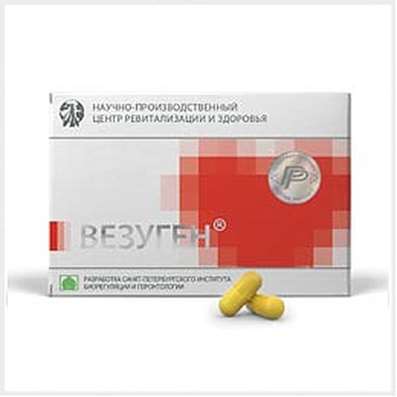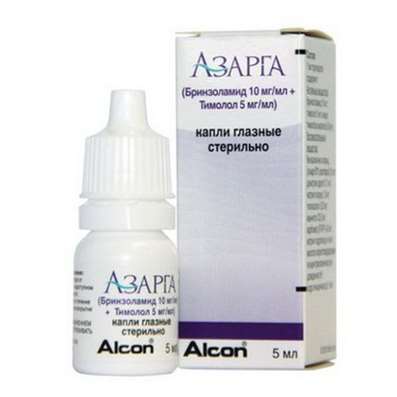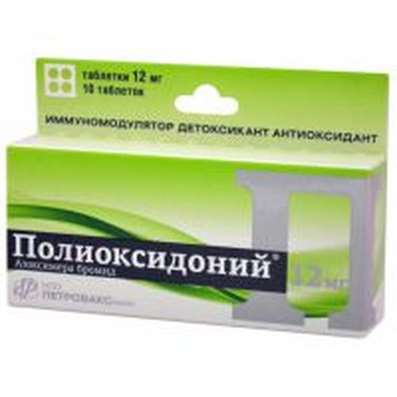Instruction for use: Pamol
I want this, give me price
Active substance Paracetamol
ภาี N02BE01 Paracetamol
Pharmacological group
Anilides
Nosological classification (ICD-10)
M25.5 Pain in the joint
Arthralgia, Pain syndrome in musculo-articular diseases, Pain syndrome in osteoarthritis, Pain syndrome in osteoarthritis, Pain syndrome in acute inflammatory diseases of the musculoskeletal system, Pain syndrome in chronic inflammatory diseases of the musculoskeletal system, Pain in the joints, Soreness of the joints, Soreness of joints in severe physical exertion, Painful inflammatory joint damage, Painful conditions of the musculoskeletal system, Painful joint conditions, Painful traumatic affection of joints, Pain in the musculoskeletal system, Pain in Shoulder Joints, Pain in the joints, Joint pain, Joint pain with injuries, Musculoskeletal pain, Pain with osteoarthritis, Pain in the pathology of the joints, Pain in rheumatoid arthritis, Pain in chronic degenerative bone diseases, Pain in chronic degenerative joint diseases, Bone-joint pain, Joint pain, Arthritic pain of rheumatic origin, Articular pain syndrome, Joint pain, Rheumatic pain, Rheumatic pains
M79.1 Myalgia
Myofascial pain syndromes ,Pain syndrome in musculo-articular diseases, Pain syndrome in chronic inflammatory diseases of the musculoskeletal system, Pain in the muscles, Tenderness of muscles, Muscular soreness in severe physical exertion, Painful conditions of the musculoskeletal system, Pain in the musculoskeletal system, Pain in the muscles, Pain at rest, Muscle aches, Muscle pain, Musculoskeletal pain, Myalgia, Muscle pain, Muscle pain at rest, Muscle pain, Muscular pain of non-rheumatic origin, Muscle pain of rheumatic origin, Acute muscle pain, Rheumatic pain, Rheumatic pains, Myofascial syndrome, Fibromyalgia
N94.0 Pain in the middle of the menstrual cycle
Algomenorea, Painful menstruation, Menalgia, Pain in menstruation
N94.3 Premenstrual tension syndrome
Pronounced premenstrual syndrome, Menstrual psychosomatic disorder, Menstrual syndrome, Premenstrual tension, Premenstrual status, Premenstrual period, Premenstrual syndrome, Menstruation syndrome
R50 Fever of unknown origin
Malignant hyperthermia, Hyperthermia malignant
R51 Headache
Pain in the head, Cephalgia, Pain with sinusitis, Pain in the back of the head, Painful headache, Headache of vasomotor genesis, Headache of vasomotor origin, Headache with vasomotor disorders, Headache, Neurological headache, Serial headache
R52.0 Acute pain
Acute pain syndrome, Acute pain syndrome with osteoarthritis, Acute pain syndrome of traumatic origin, Severe pain of a neurogenic nature, Severe pain, Pain syndrome at delivery
Composition and form of release
1 tablet with a fracture line contains 125 or 500 mg of paracetamol, in a package of 20; 1 effervescent tablet - 500 mg, in a package of 20 pieces; 1 ml of medicine - 24 mg, in a bottle of 100 ml; candles - 125 or 500 mg, in the package 10 pcs.
pharmachologic effect
Pharmacological action - antipyretic, analgesic.
Pharmacokinetics
Absorbed almost completely when injected into the stomach and by 60% with rectal administration (suppositories). The maximum concentration in the plasma is achieved in the first variant after 0.5-1 h (after the application of effervescent tablets is faster) and in 2-3 hours in the second variant. The action lasts 4-6 hours after ingestion (a little longer after rectal administration). The degree of binding to plasma proteins is negligible. Metabolised in the liver. Metabolites of paracetamol have a certain hepatotoxicity, but in normal concentrations it does not appear (glucuronides and sulfates are formed). About 80% is excreted by the kidneys.
Indications for Pamol
Fever, pain: headache, dental, muscular, articular, with menstruation.
Contraindications
Severe hepatic and renal insufficiency.
pregnancy and lactation
Can be used in therapeutic doses.
Side effects
Dyspepsia, impaired renal and hepatic function (with prolonged use in large doses), swelling (due to sodium in the composition of effervescent tablets), hypoglycemia, thrombocytopenia, agranulocytosis, allergic reactions.
Interaction
Zidovudine increases (especially with prolonged use) the risk of neutropenia. Barbiturates, alcoholism, malnutrition increase the hepatotoxicity. Against the background of paracetamol, the concentration of chloramphenicol in the blood plasma increases.
Dosing and Administration
Adults: 0.5-1 g 3-4 times a day; Children: 50 mg / kg of body weight per day (3-4 sessions). Effervescent tablets should be dissolved in 0.5 glasses of water.
Overdose
Symptoms are similar to those of hepatitis, which appear after a 24-72-hour latent period in the form of loss of appetite, nausea, vomiting, pain under the right costal arch, jaundice, changes in the color of urine and feces. The cases of toxic liver damage with a lethal outcome after taking paracetamol in a dose of 15-20 g are described. Severe dysfunction of the liver was noted after using moderate doses (up to 10 g / day) of paracetamol in patients with alcoholism. An effective antidote for overdose of paracetamol is N-acetylcysteine, which should be used even after 12 hours or more after taking the drug.
storage Conditions
At room temperature.
Keep out of the reach of children.
Shelf life
tablets effervescent 500 mg - 2 years.
tablets 125 mg - 5 years.
suppositories rectal 125 mg - 3 years.
suppositories rectal 500 mg - 3 years.
solution for oral administration of 24 mg / ml - 3 years.
Do not use after the expiry date printed on the package.

 Cart
Cart





